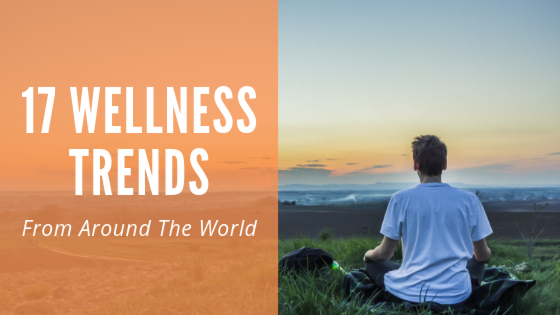17 Wellness Concepts Around The World
At UK Saunas, we are passionate about well-being and are constantly on the lookout for wellness tips to share with you.
We have already established that an infrared sauna can provide a number of wellness benefits, from relaxing aching muscles, to even doubling up as a hangover remedy.
Having said that, a home sauna might help to promote wellness, but ultimately, true wellness begins from within - a healthy mind is just as important as a healthy body. Have you ever considered that your lifestyle may be impacting your well-being? With conditions such as burnout on the rise, finding time to decompress is important, even though it tends to slip further down the list of priorities we may have.
With this in mind, UK Saunas have gathered 17 wellness concepts from around the world so that you can get some inspiration on how wellbeing is being done in different cultural settings.
Whether you go down the ever-popular hygge (pronounced hue-ga) approach that focuses on comfort and cosiness, or the Danish “umage”, which focuses on embracing the outdoors more, this article contains tips on how to apply each lifestyle philosophy to your life with some simple activities.
Click on any of the icons on the map below to find out more about each country’s wellness concepts.
1) Hygge (Denmark)

An example of the Hygge trend
Chances are, you have probably heard of hygge. Originating from Denmark, Hygge has made waves in the past couple of years as a wellness trend that encompasses everything from style, wellbeing and even interior design. When it comes to wellness, hygge at its simplest refers to a state of feeling content and cosy. It’s finding joy in the little things in life. The concept of hygge as a wellness trend is all about being wholesome and rejects isolation, so spending all day in your room scrolling through your phone probably isn’t very hygge.
How to Practise Hygge
How can you be more hygge? Any activity that promotes a sense of cosiness and relaxation will win you hygge points, so making a warm cup of hot chocolate on a cold winter’s day, lighting a spiced vanilla candle, and wrapping yourself around your favourite blanket, are all hygge-approved. Although activities like yoga and knitting can be done alone, they’re still hygge as they allow you to relax and be productive. The difference here is the feeling of contentment and calm that comes with them.In a fast-paced world, the hygge demands that you do everything at a leisurely pace, and to take every day as it comes.
2) Niksen (Netherlands)
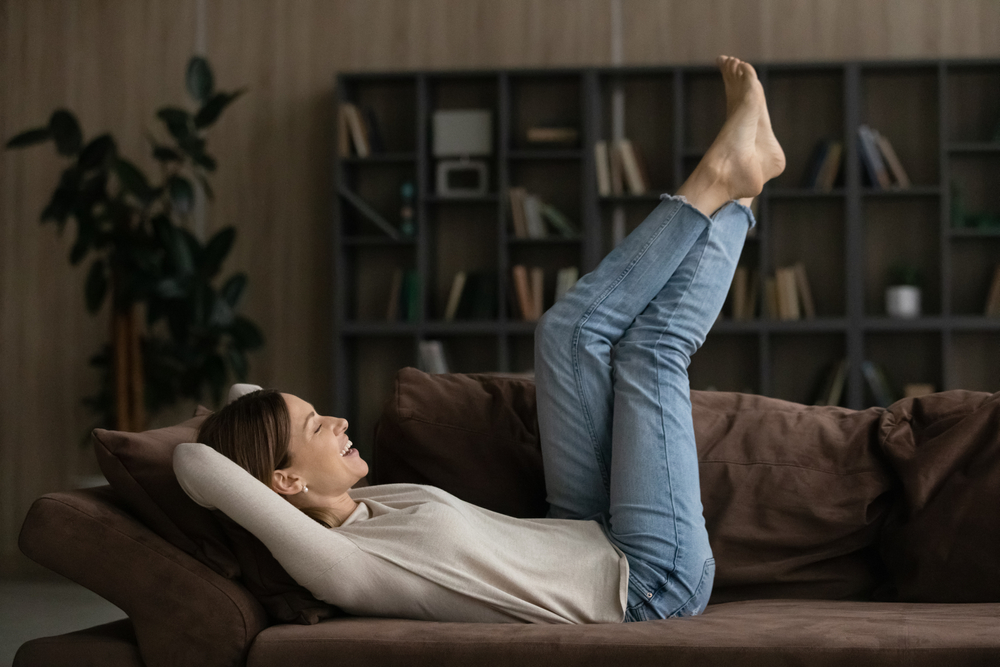
A woman showing an example of Niksen
The Dutch have developed their own idea of wellness based on practicing the art of doing nothing, with a very important distinction. Niksen focuses on mindfulness and encourages you to live in the moment more.
We live in an age where everyone is always meant to stay switched on, whether that’s checking work emails after you’ve left the office, or scrolling through your Instagram feed late at night when you should really be asleep.
The wellness trend Niksen is all about making time to unwind and switch off. Downtime is important, as being constantly on the ball can contribute to elevated stress levels that can impact your health, i.e. burnout. The concept of Niksen takes the stigma out of doing nothing, in a world where everyone is doing something.
Wellbeing Benefits of Niksen
Working under stress has been proven to negatively affect productivity levels. Practicing Niksen for wellness sets out to combat this by encouraging you to have a mental declutter, allowing you to focus on tasks more effectively afterwards.
How to Practise Niksen
Mindfulness makes up a big part of this wellness concept. Focus on your breathing, pay attention to what is happening in the moment, meditate, and just take a moment to pause. Even focusing on listening in conversations can be a way of being more mindful.
3) Lagom (Sweden)
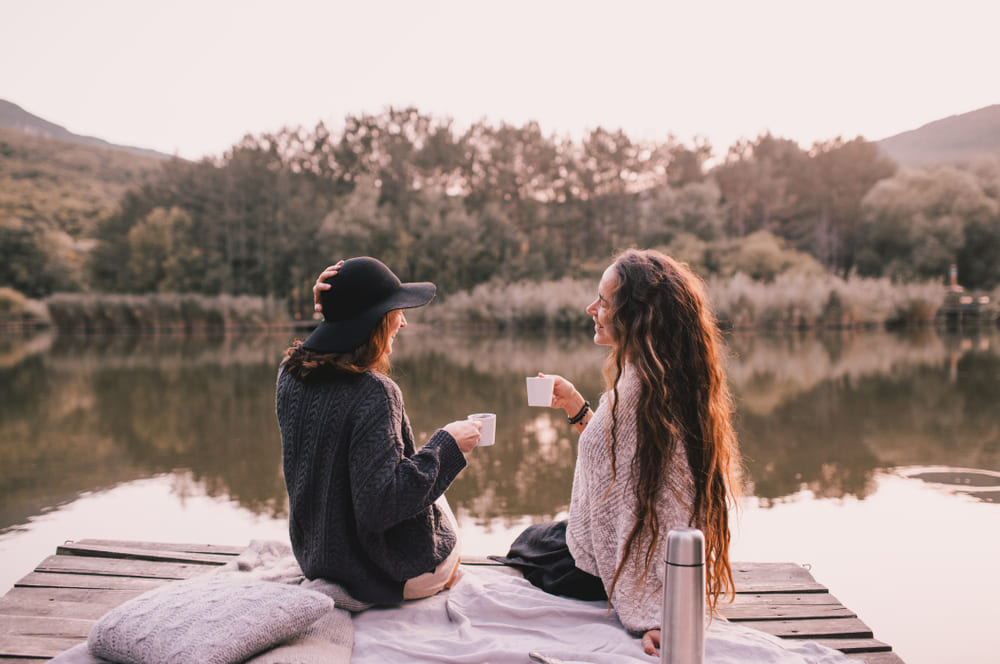
Lagom Wellness Trend
Lagom comes from the Swedish word for moderate. It’s a wellbeing and lifestyle concept that focuses on everything in moderation. Finding balance is key in your day-to-day activities. This isn’t to say that over-indulgence is necessarily a bad thing from time to time, but looking after your wellbeing is likely to have an element of Lagom in there somewhere.
How to Practise Lagom
The art of moderation covers everything from how many slices of cake you eat to how many hours a week you work. Lagom might be different for everyone, so be sure to adjust accordingly.
Lagom also requires a bit of discipline and self-restraint on your end, which makes it slightly different to the more wholesome and nicer wellbeing approaches that we have already discussed. But like we said, everything in moderation!
Think about your wardrobe - are there things in there that you don’t need? Are you finding that you are working too much and relaxing too little, or vice versa? Pay attention to aspects of your lifestyle that feel out of balance.
4) Friluftsliv (Norway)
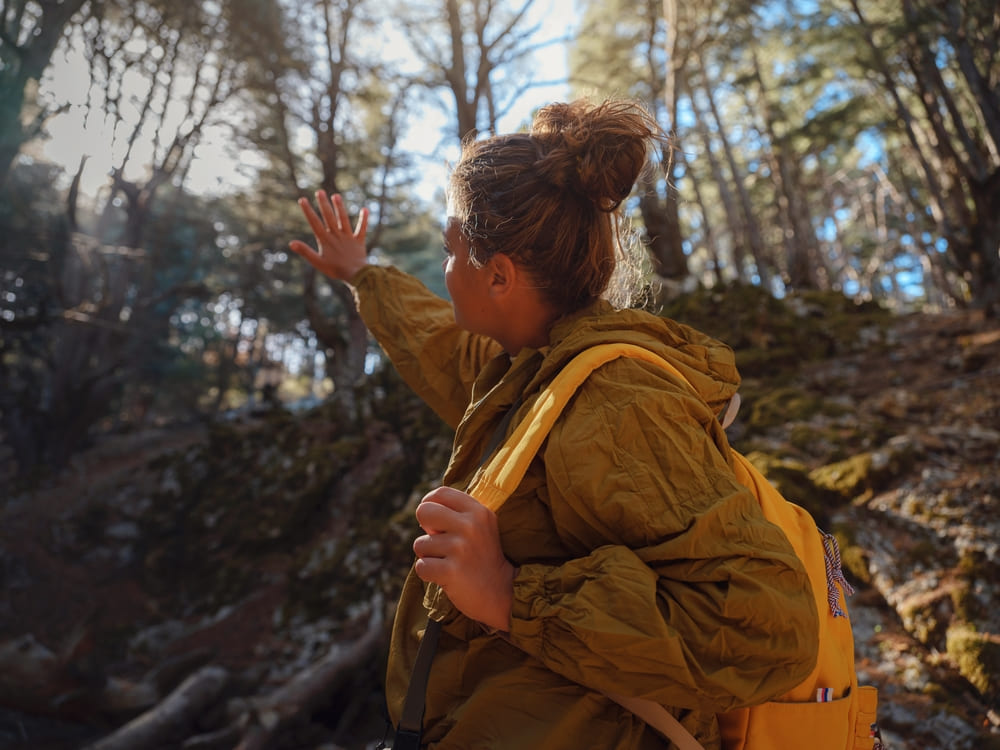
Friluftsliv Wellness Trend
Unsurprisingly, another wellbeing and lifestyle trend that has come out of the Scandinavian side of the world is the Norweigan concept of Friluftsliv (pronounced free-looft-sliv). Although it cannot be directly translated into English, in Norweigan it essentially means “free air life”.
It’s all about embracing nature and the outdoors for its healing properties. Friluftsliv can be related to biophilia, which is the idea that where humans have an innate connection to nature and other life forms.
Studies show that spending time outside is good for you, with being in close proximity to nature being shown to reduce blood pressure and provide benefits for your immune system. Maybe adding some more Friluftsliv into your life might not be such a bad idea after all.
How to Practise Friluftsliv
Go for a walk, have a picnic in the park, do some gardening, have a workout session - anything that gets you outdoors will help get you get one step closer to a Friluftsliv-rich lifestyle.
Adults typically require at least two hours and thirty minutes of moderate exercise every week, so Friluftsliv can help to promote a healthier lifestyle.
5) Umage (Denmark)
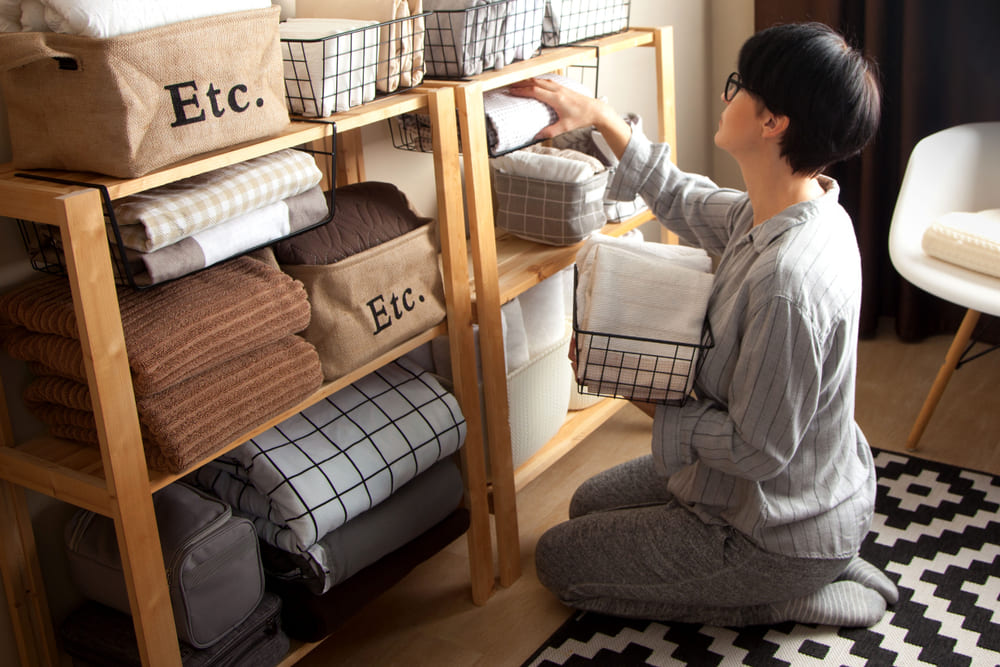
Umage Wellness Trend
The Danes have coined another wellness word that can, with a bit of effort from your end (literally), improve the quality of your life in a number of ways.
Umage (pronounced oo-may) means to put “a bit more effort” into everything you do. Whilst the other wellness trends focus on performing certain kinds of activities, this concept is about finding time, which is arguably a lot more difficult.
It simply means giving more care and time to make those activities actually happen. For example, you can’t find time to practise Friluftsliv if you haven’t cracked the art of umage. This makes umage is really a principle that all wellbeing concepts should begin with.
How to Practise Umage
We’ve all been guilty of leaving our rooms or desks messy, or have put off sorting out the chipped paint job on your walls. Putting the effort into assigning time for tasks you’ve swept under the rug can make you feel better once you’ve crossed them off your to-do list.
So, the only thing you have to do to achieve some umage in your life is to make time!
Chances are, letting things pile up on your to-do list are just adding unnecessary stress to your life, so even setting aside a few minutes every day or so can go a long way. Things like making time to do some meal prep for the week ahead on a Sunday night, waking up a little earlier on the weekend to do the cleaning can make all the difference.
6) Gezellig (Netherlands)
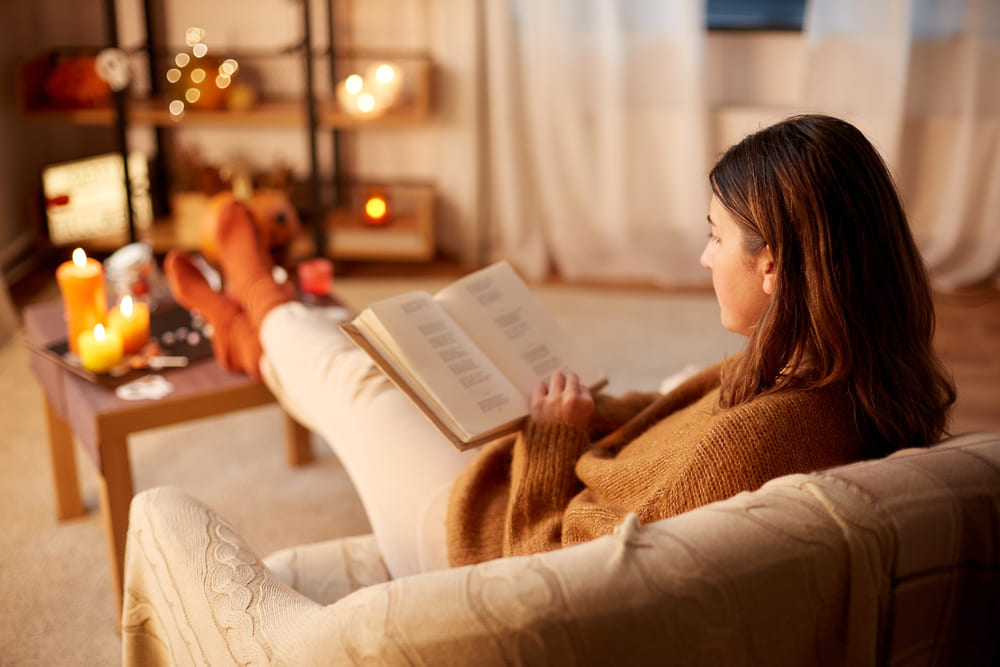
Gezellig Wellness Trend
Another lifestyle concept that hails from The Netherlands, Gezellig is the Dutch take on Hygge, but is so much more than being cosy. It means creating an atmosphere which allows for flourishing and goodness to happen, and stems from the word ‘gezel’, which means companion.
More specifically, this untranslatable word is a concept in Dutch culture is used “when you are in a nice group of people in a fun/good place”, according to a native Dutch speaker in the DoesNotTranslate Reddit group.
How to Practise Gezellig
This can connote time spent with family and friends, and centres itself around cosiness found through companionship. Invite people around for dinner, watch a bonfire - anything that promotes cosiness with togetherness is a sure fire way of giving your life more of the Gezellig factor.
Want to know what not to do in order to achieve Gezellig? The reddit thread above even went as far as to say that there are certain qualities that make Gezellig void, including:
- When too many people leave a gathering
- When people grow tired/irritated
7) Ikigai (Japan)
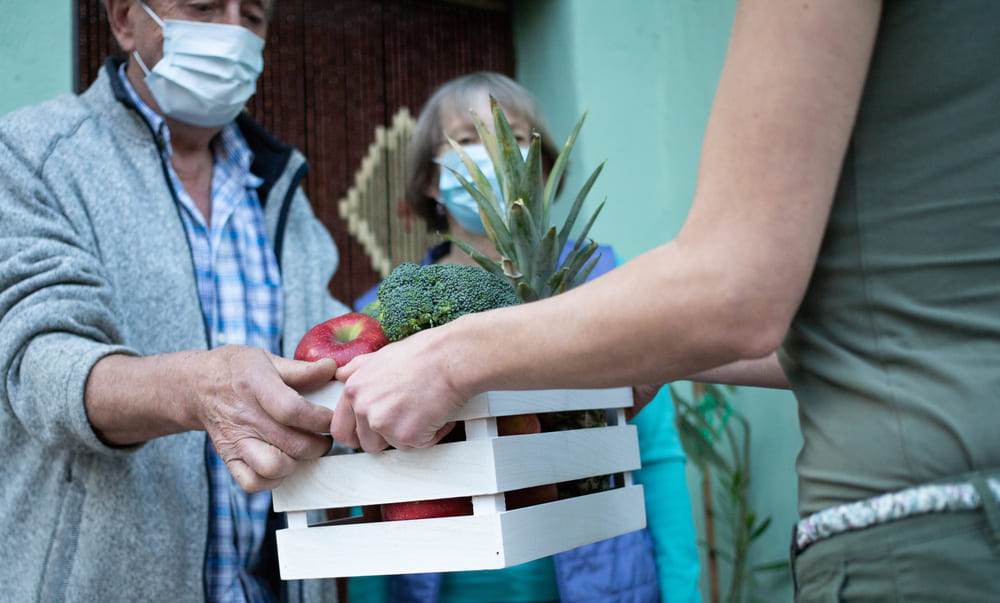
Ikiagi Wellness Trend
Further afield is this lifestyle and wellbeing concept that seeks to find things that give you a reason to get out of bed every morning. Enter, Ikigai (pronounced icki-guy). Although it cannot be directly translated into English, it refers to having a reason for being and something to live for.
How to Practise Ikigai
You’ll need to have a think about four main areas of your life: what you love, what you’re good at, what the world needs and what you’re paid for. The idea is to blend your career with a passion to do good, which will help you find your purpose in life.
Take each of these four pillars and add in your own, taking into consideration all the things that make you who you are, like your hobbies, things you do well in (both in and outside of work), and think about how these could potentially make the world a better place.
Maybe you’re a personal trainer by profession and decide to volunteer at a local school as a sports coach for an after school club - not only are you exercising your day job (pardon the pun) your job, but you are also giving back to the community and youth.
8) Ubuntu (South Africa)

Ubuntu Wellness Trend
Ubuntu originates from the Zulu culture in South Africa, and is a wellness concept that encompasses a number of different things. It’s all about community and having qualities that include the essential human virtues: compassion and humanity. The idea is that we are all connected to one another.
Individualism is replaced with a sense of community and when you practice Ubuntu, you do well for yourself as well as doing well for others. That’s why when Ubuntu is discussed, the quote “I am because we are” is often used.
How to Practise Ubuntu
Ubuntu requires practicing kindness, both towards yourself and those around you. It also means working through your differences and living in harmony with one another. So, making amends with a neighbour that you don’t get on with might be a good way to exercise Ubuntu, which will help you to practice forgiveness and humility, too.
Since Ubuntu is about promoting a sense of communality and togetherness, wherever possible you should make decisions in unity or as a consensus.
9) Gokotta (Sweden)

Gokotta Wellness Trend
Gokotta is another wellness concept that gives a nod to spending more time with nature. It can be translated to rising at dawn to go out and listen to the birds sing. In other words, being an early bird is considered to be a way to boost your wellbeing.
How? Well, an obvious thing to note would be that waking up early gives you more hours in the day to be productive. Waking up early can also give you the opportunity to experience a breathtaking sunrise, or even sit outside in the quiet before the rest of the world rises.
Obviously, waking up in the early hours of the day will be pointless if you’re not taking the time out to get a good night of sleep (that’s the concept of umage that we discussed earlier). So practise your umage before tackling your gokotta.
How to Practise Gokotta
Want to be more of a morning person? Ensure you do some prep before you sleep - have a no-screens rule two hours before bed, put your alarm clock away from your bed so that you can’t turn it off whilst still in it, reward yourself with a delicious breakfast to trigger the reward center of your brain, which will make you want to turn this into a habit.
10) Fika (Sweden)
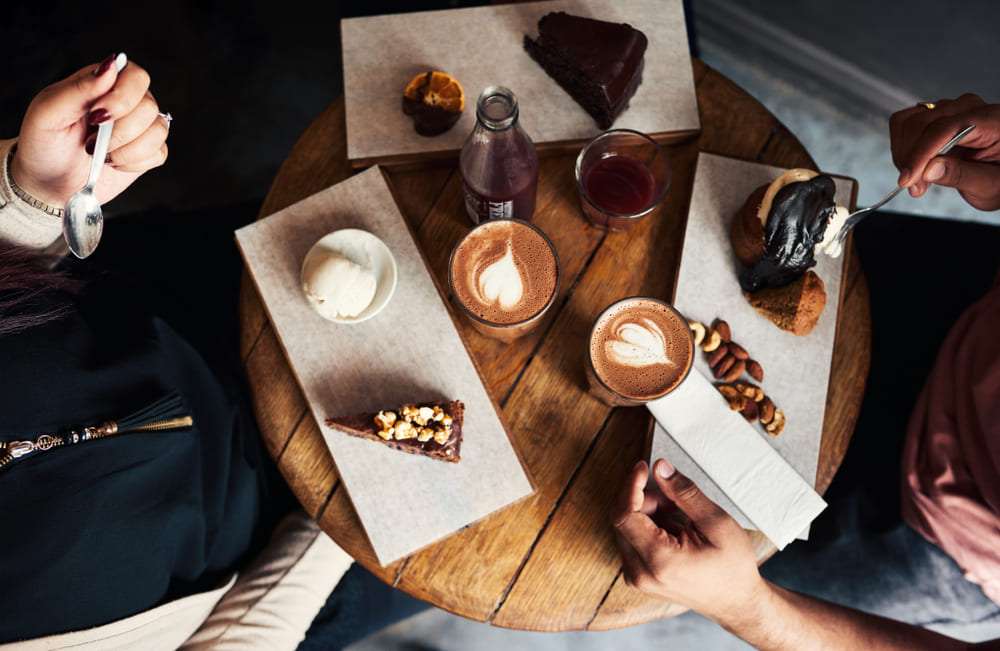
Fika Wellness Trend
The Swedes have a phrase that literally refers to having a coffee and cake break. Culturally, it is a state of mind that connotes making time for family, friends and colleagues to share a hot drink and a little something to eat.
The coffee break concept holds a very high standing in Scandinavian countries because it gives you an opportunity to slow down, pause life for a moment and have a little catch-up.
The key to Fika is socialising. Swedes enjoy the easy living approach, and Fika is a wellbeing trend that doesn’t require much effort on your part.
How to Practise Fika
No matter what you’re working on, even a 10 minute Fika break will help to break up your day and allow you to relax for a little. Whether you’re at home or at work, make sure you take the time to pop out for a coffee and a slice of cake.
In Sweden, it’s commonplace to bake something at home to bring in to work, but if you don’t feel up for trying your hand at baking yourself, find a spot with your friends and colleagues for a brew and a pastry, and you’ll be all set.
11) Wabi-Sabi (Japan)
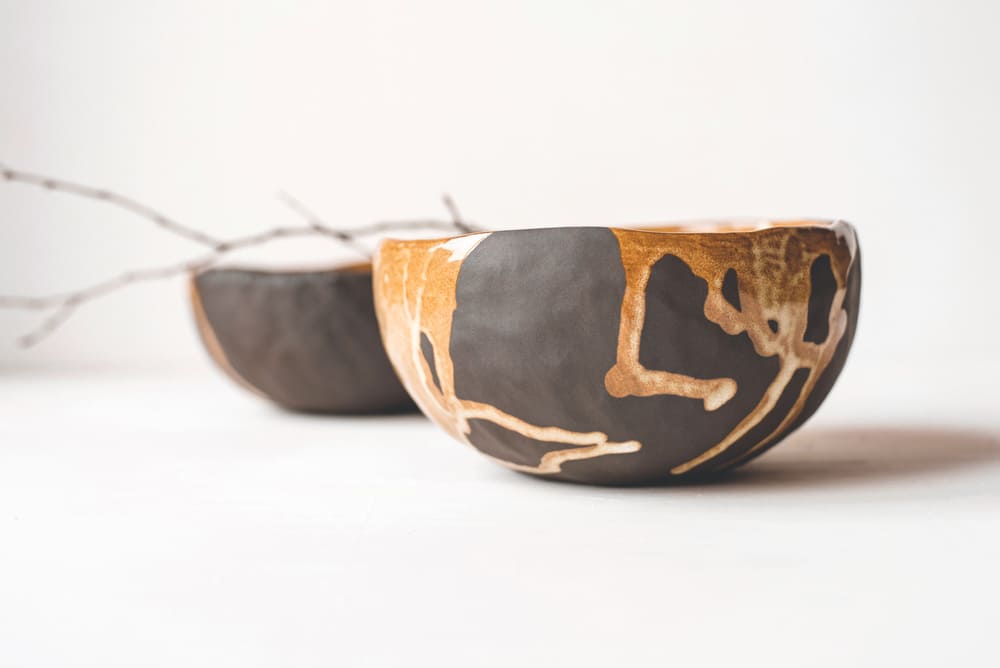
Wabi- Sabi Wellness Trend
Starting off in ancient China from Zen Buddhism and making its way to Japan by the 15th century, Wabi-Sabi is all about finding beauty in imperfections. It comes from the traditional Japanese tea ceremonies where bowls were made in all kinds of irregular shapes, with uneven paint jobs and an overall rustic look.
Taking into consideration the natural cycle of growth and decay, wabi-sabi is a concept that calls for people to accept flaws rather than going for a constant pursuit of happiness, because there is beauty in everything. In a way, Wabi-Sabi helps you to stay grounded in a world where everyone wants to perfect things rather than appreciate them.
How to Practise Wabi-Sabi
If you’re hung up about an insecurity or are frustrated about not getting something right, adjusting your mindset by accepting your flaws and the fact that we’re all fallible as humans should help you to bring some wabi-sabi in your life.
Wabi-sabi can even help you to embrace spontaneity when things aren’t going to plan, because a change in direction doesn’t necessarily mean failure. You can achieve wabi-Sabi without having to fork out huge amounts on material things, since wabi-sabi is about your mindset and mental well-being.
12) Koselig (Norway)
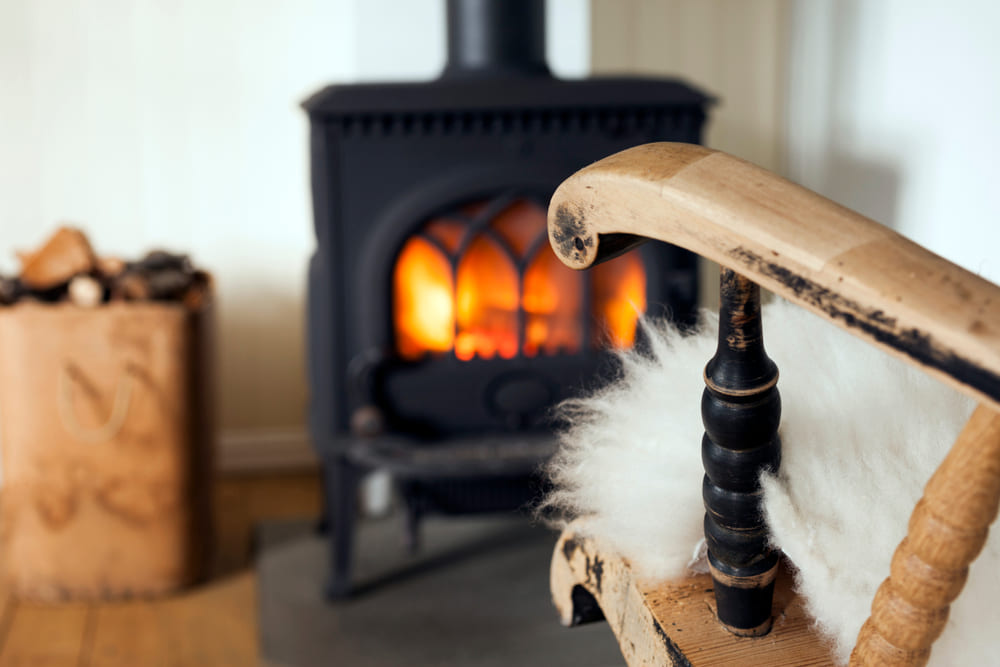
Koselig Wellness Trend
Seasonal affective disorder affects people during colder months with reduced amounts of daylight, and with Norway experiencing bitter, arctic winters, it’s no wonder they have yet another wellbeing trend based around cosiness.
Despite the drops in temperature, Norway like many other Scandinavian countries is listed very high on the World Happiness Report year on year (and the highest in 2017), and Koselig is one of the reasons why.
Just as Hygge is about feelings of contentment, Koselig is about making light of those not-so-cosy moments, filling them with warmth and seizing the day.
How to Practise Koselig
Winters can be unpleasant, but with Koselig, that needn’t be the case anymore. If you’ve come home from a long and tiring day of work, light up the fireplace and make a warm cup of tea, or enjoy a hearty and simple meal with the candles lit. You don’t need over-complicate things when it comes to Koselig - keeping it modest yet simple is the essence of it.
Koselig is also about providing that cosiness to others, so hospitality is a must - Norwegians commonly offer their guests warm socks and blankets in the winter months, so be sure to be an accommodating host!
Chances are, you can’t be a super accommodating host with your phone distracting you, so keep the use of electronic devices to a minimum to really capture that Koselig feeling.
13) Gemütlichkeit (Germany)

Gemütlichkeit Wellness Trend
Gemutlichkeit is Germany’s answer to Hygge, with a focus on quality time - think feeling pleasant, rested, happy and cosy. But what does contentment look like specifically in this wellbeing concept?
Because it is another example of a word that cannot directly be translated into English, it’s easier to describe what it isn’t. Rushing is the antithesis of Gemütlichkeit, so if you’re finding that you are often rushing around, maybe it is time you invested in a little Gemütlichkeit. Isolation is also what it isn’t about.
How to Practise Gemütlichkeit
Nothing extravagant needs to be done to achieve this kind of wellness. It’s about creating an ambiance with your loved ones. A night in watching your favourite film on your sofa might be cosy, but to make it Gemütlichkeit, invite your friends around and share the cosiness.
Although some alone-time can be necessary for you to recharge your batteries, welcoming your loved ones, even if it’s just sitting in a comfortable silence whilst watching the film creates a sense of familiarity and belonging which captures the very essence of what it means to be Gemütlichkeit.
14) Seasgair & 15) Coorie (Scotland)
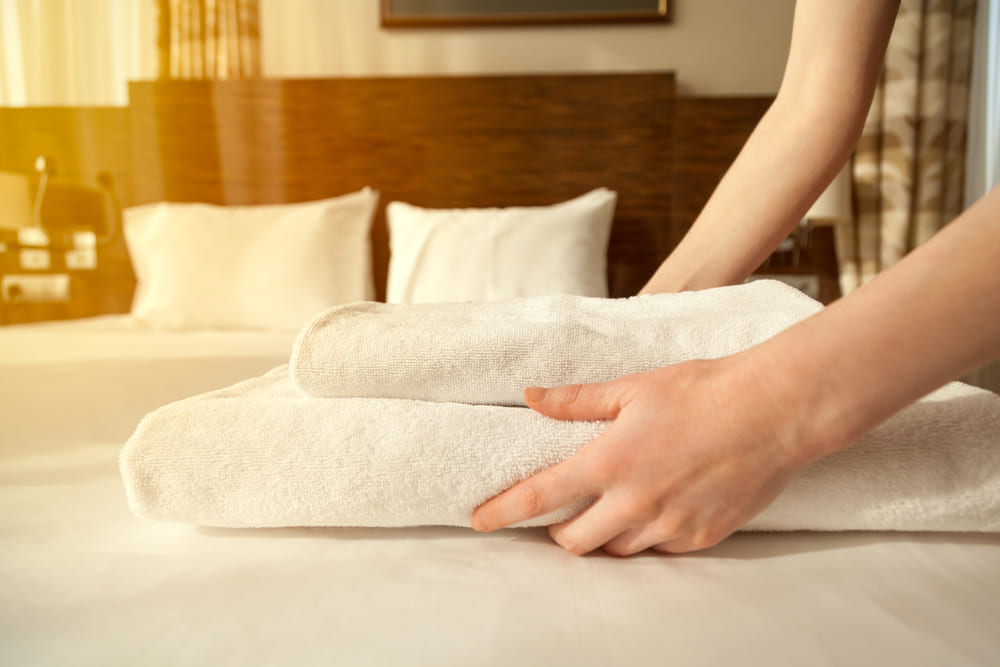
Scottish Wellness Trends
With Scandinavian countries taking over the wellness trend landscape, here are two lesser-known lifestyle concepts that you may not have come across before. Hailing from Scotland, Seasgair and Coorie hail from Scotland, and have been touted as the Scottish equivalents of hygge.
What do seagair and coorie actually mean? A deeper look into its history shows that it comes from the old Gaelic word and connotes a number of things relating to feeling cosy and snug, such as:
- Being at ease
- Feeling protected and sheltered
- Calmness
On the other hand, Coorie is more about cosiness found through companionship.
How to Practice Seasgair and Coorie
So, how can you do seasgair and coorie like the Scotts, and how can you adapt this into your lifestyle?
Having home comforts with something as simple as a cup of tea on the sofa, freshly washed bed sheets and a home-cooked meal can be a way of adding some seasgair in your life.
For coorie, try to set some time aside in your week to be away from the bustle of everyday life. It encourages you to tap into your surroundings, so going on morning walks before the rush, or swap staying indoors watching TV to sit out in the garden is a good call.
16) Fredagsmys (Sweden)
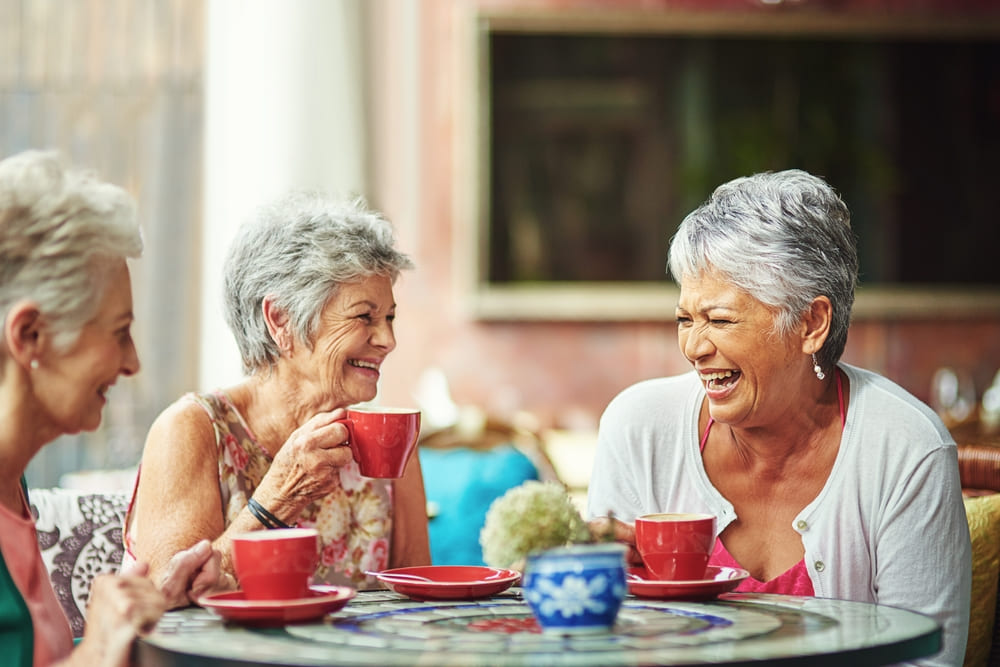
Fredagsmys Wellness Trends
Fredagsymys (or Fredagskos over in Norway) literally means “cosy Friday” in Swedish. Fredagsmys can mean different things to different people. It might mean an evening of catching up with your friends and sharing what you have all been up to over some dinner. It could even mean getting together with your family on a Friday after work or school.
How to Practice Fredagsmys
You could assign Fridays to be the day that you treat yourself in some shape or form to get that Fredagsmys feeling - treat yourself to a pastry from a cafe, go out for dinner with your friends, or aim to make Fridays that one day of the week where you sit together with your family and have dinner, instead of eating separately.
17) Ta’afor (Iran)
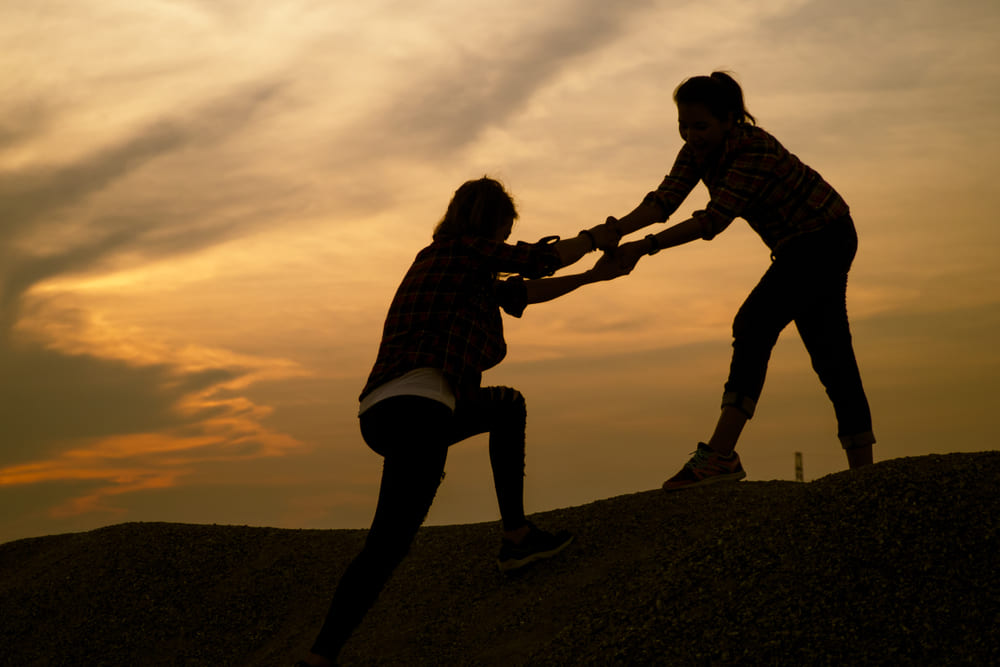
Ta’afor Wellness Trend
Finally, coming from Iran, ta’afor is a Persian word that refers to a special type of etiquette which teaches you how to be compassionate.
What makes ta’afor unique from conventional ideas of etiquette is the emphasis on going out of your way to do someone a favour, even if it is at an inconvenience to you. Offering to give someone a lift home even though you’d rather spend your car journey alone is typical of actions that are ta’afor.
How to Practice Ta’afor
Everybody has bad days, but the principle that makes ta’afor work is striving to better yourself just through being that extra bit helpful to others. Chances are, scratching someone else’s itch will help you feel better if you are feeling under the weather.
Final Thoughts
With conditions such as burnout on the rise, we could all do with making space in our routines to focus on our wellbeing. Modern life can be busy and hectic at the best of times so we hope that our blog helps you find some inspiration around the world - whether that’s appreciating the imperfect beauty of nature through Wabi-Sabi, or spending more time with your loved ones through Gezellig.
Why not let off some steam and shop our modern and aesthetically-pleasing infrared sauna range today?



